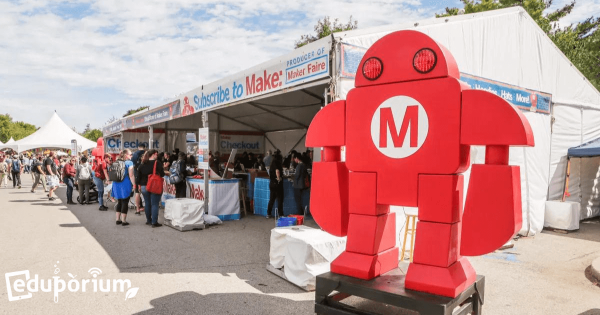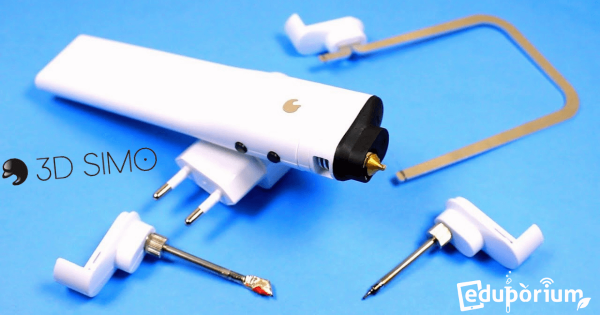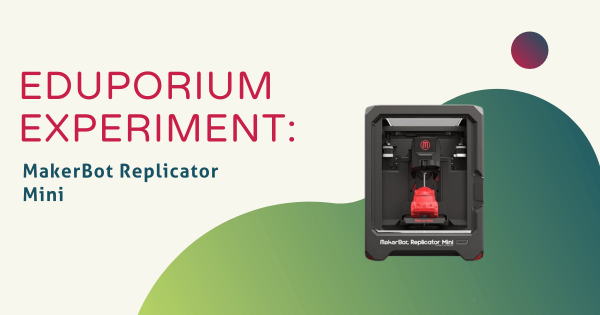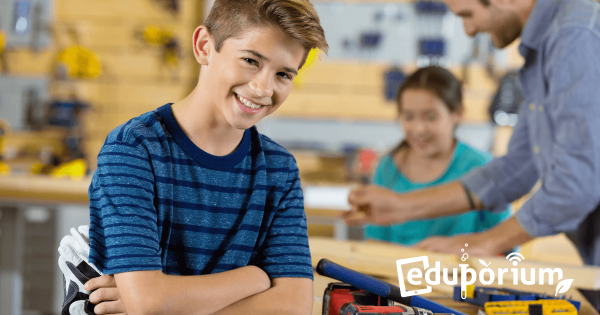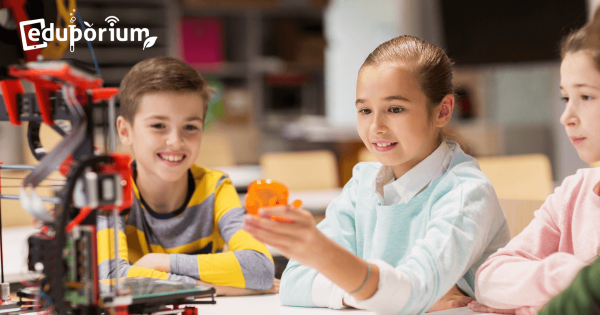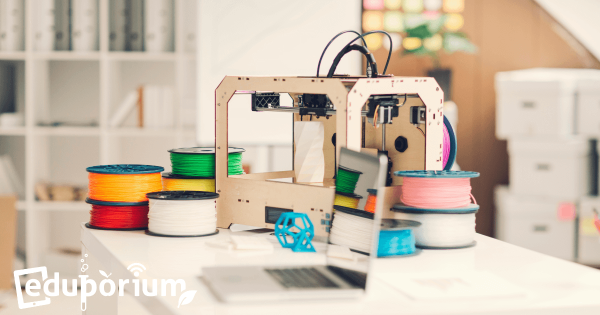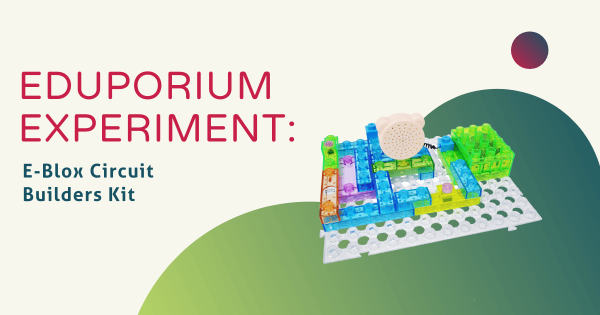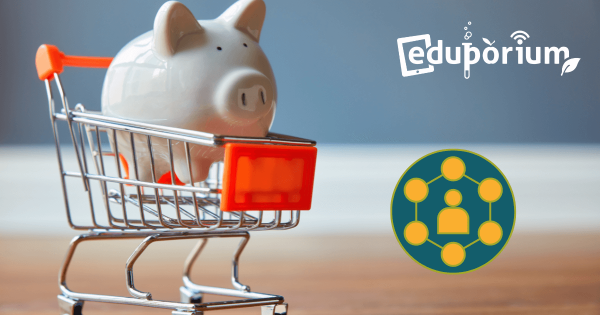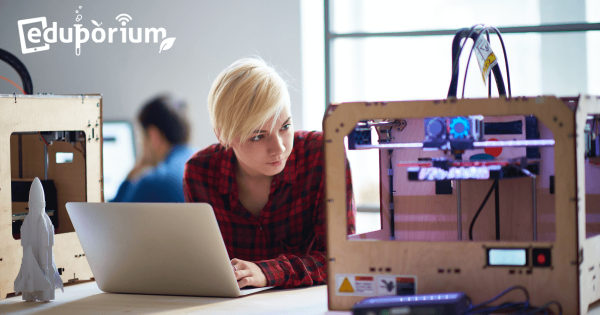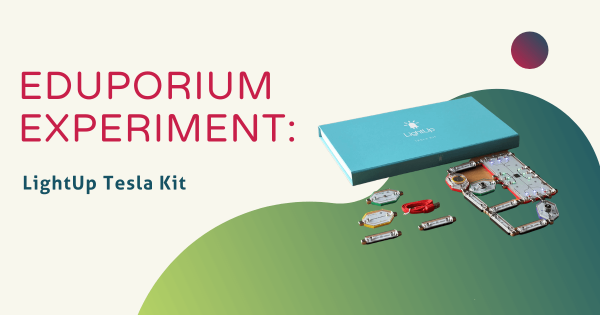The one thing that did stick out about this year’s World Maker Faire—aside from the incredible displays of inventive genius—was the unseasonably hot weather. Since many of the coolest exhibits were displayed outside, it was as much of a race to find the coolest new MakerEd tools for schools as it was to find some shade every once in a
Maker Ed
Maker Ed has rapidly evolved into a big and important component of 21st century learning. Born out of the culturally impactful Maker Movement, maker education involves providing students with opportunities for hands-on construction, investigation, problem solving, collaboration, and more—all with this community-centric approach. In Maker Ed, students often excel with new types of opportunities to showcase their skills or to develop new ones. With so many potential projects to work on in the classroom or in school makerspaces, adding purposeful, hands-on work to the school day is very effective and inspiring. And, more importantly for educators, there's no wrong way for them to go about introducing maker education. It can be as complex as using various advanced 3D printers or as simple as building with popsicle sticks.
Aside from the likelihood of positively impacting students, Maker Ed is also popular because of its real-world connections. Not only can children further develop key technical skills, maker opportunities also help them to bolster some top soft skills. Making typically involves a lot of collaboration and this is especially true as students move into middle or high school. With unique, fluid opportunities, kids can simultaneously work on bolstering communication, teamwork, and other soft skills in the process. Plus, whether they are using classroom 3D printers, CNC machines, or even low-tech tools, they'll grasp a better understanding on using technology for good as well. Some solid product lines across Maker Ed are 3Doodler, MakerBot, LulzBot, Glowforge, and more. With these innovative solutions, students in all grade levels can truly propel their creative acumen.
-
The 3D Simo Printing Pen and Unique Design Opportunities
If you’re like one of the many educators who can truly see the value of 3D printing in education, but don’t know how you could afford a 3D printer or, more importantly, don’t think you have enough room in your school, there is another way. The 3D Simo 3D printing pen combines making and art and helps facilitate a smooth -
Eduporium Experiment | MakerBot Replicator Mini
If you’re looking for a small, easy-to-use, but high-quality 3D printer, the MakerBot Replicator Mini is for you. Before this experiment, I had very little 3D printing experience. I assumed they were all too complicated and sophisticated, so I was amazed by the simplicity that comes along with the MakerBot Mini. -
Eduporium Weekly | Alternative Places For Your Makerspace
Teachers are often hoping that students spend their free time innovating in the makerspace and taking advantage of this unique way to learn. There’s only one small problem. There’s nowhere to put it. Makerspaces are super versatile, however, so if you are struggling with finding the right placement in your school (or any place), it shouldn’t bee too much of -
5 3D Printers Poised to Shake Up STEM and Maker Education
At a somewhat surprising rate, teachers are ditching traditional computer labs and rediscovering innovation with new hubs known as 3D printer labs. In these labs, kids get the added STEM experience and the school spends more money. Not so fast. Today, we’ve got five top-of-the-line and, more importantly, affordable 3D printers you should try out this school year. -
How to Bring 3D Printing Into Your Classroom This Year
The MakerBot team helps make inventors out of almost anyone and we’ve brought their brilliance back to our store just in time for the newest school year! Teachers can now get the 3D printer they really want as well as all the filaments their students could possibly need all in one place. We’re helping bring 3D printing into your school -
Eduporium Experiment | E-Blox Circuit Builders Kit
Circuitry kits like this one are a great way to introduce elementary students to one of the most important STEAM concepts. And, this one in particular is especially versatile because it combines so many specific STEM disciplines in one dynamic tool. There are three different versions with 59, 115, and 120 projects. -
Teachers, It's SO EASY to Save on Back to School Tech...
We’ve launched a special sale to provide everyone access to our Educator Discount pricing for one month! Head to the Eduporium store, select any of the products below, and new, deeply discounted prices will appear in your cart! You can save on any of these classroom-changing items from now until September 15—just browse our store to find reductions. -
Computer Lab? No, You Need a 3D Printer Lab This School Year.
It may be time to upgrade your school’s space with something a bit more STEM-focused and exciting. In fact, it probably is. As the new school year begins, we’re making it easier than ever for educators to implement 3D printer labs in their schools and we’ve got the research to back up their value in 21st century instruction. -
Eduporium Experiment | LightUp Tesla Kit
At Eduporium, we very much appreciate EdTech that is engaging, enables creativity, and allows students to build Future Ready skills. Perhaps above those three characteristics, we value and promote tech tools that are progressive. That’s exactly the case with the focus of this week’s Eduporium Experiment, the LightUp Tesla Kit.




